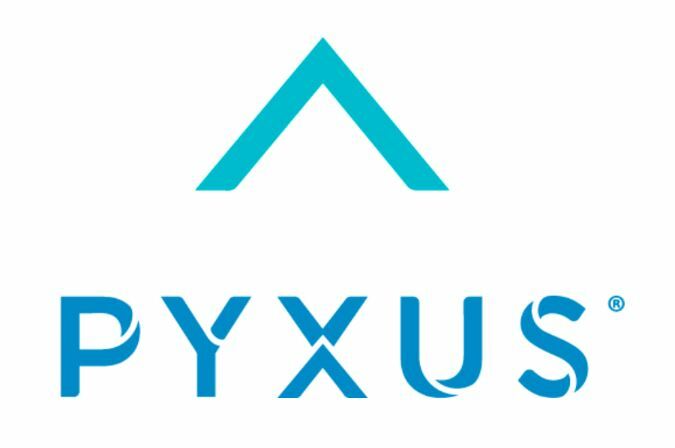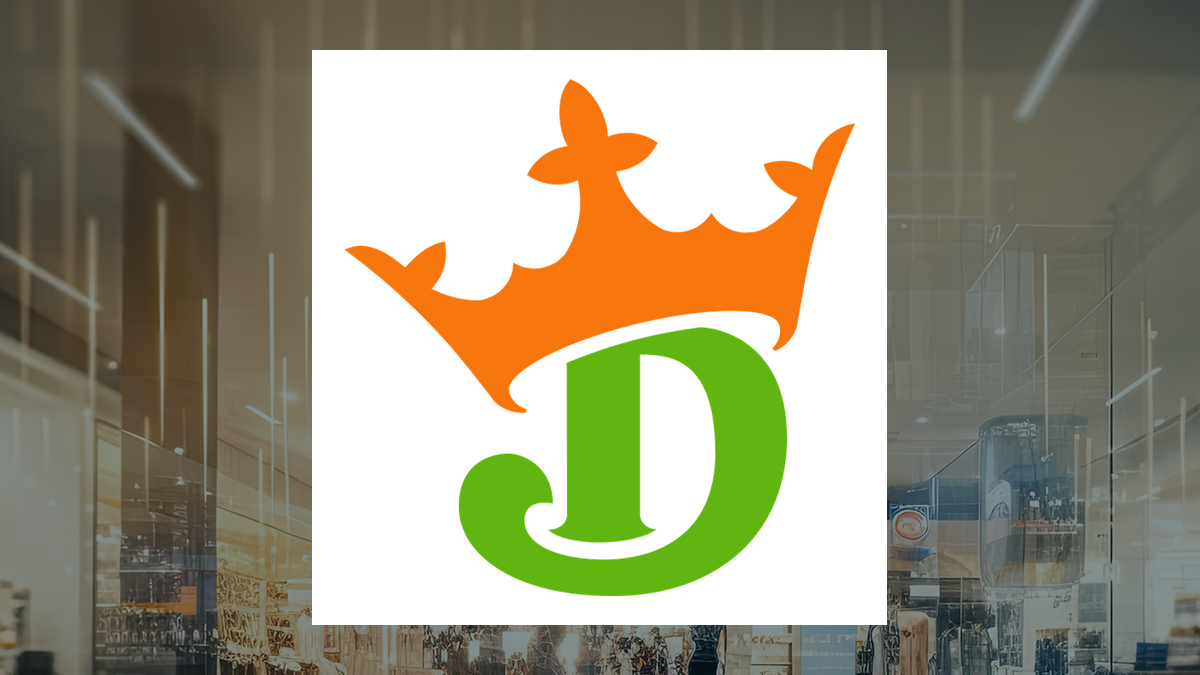
The Dow Jones Industrial Average ( ^DJI 0.59% ) is making its third major move in the last five years, with Nvidia ( NVDA -0.84% ) replacing Intel and Sherwin-Williams ( SHW 0.
69% ) kicking out commodity chemical company Dow Inc . Here's what the moves mean for the 128-year-old index and what you need to know about the evolution of major stock market indexes. Understanding index dynamics Most indexes, like the S&P 500 and Nasdaq Composite , assign a higher weighting to the largest companies by market cap.
For example, Apple has roughly 11 times the market cap of Coca-Cola , so it has a much higher weighting in the S&P 500. But in the Dow, Apple is the 12th highest-weighted company by market cap because the index is price-weighted. In the Dow, companies with higher stock prices have higher weightings.
UnitedHealth Group is the highest-weighted Dow component with a stock price of around $564.50 at the time of this writing, whereas Intel is the lowest-weighted with a stock price of $23.54.
UnitedHealth makes up 8.8% of the index compared to just 0.4% for Intel.
Stock splits don't matter in the S&P 500 or Nasdaq Composite because a stock split doesn't affect a stock's market capitalization. A $1 trillion company is weighted the same, whether it is 1 billion shares priced at $1,000 each or 10 billion shares priced at $100 each. But in the Dow, the lower share count and higher nominal stock price would give that company a weighting 10 times higher.
Nvidia and Sherwin-Williams would have never been added if they hadn't undergone stock splits because they would both have stock prices over $1,000 per share -- which would have significantly altered the balance of the Dow. But post-split, Nvidia will be around the 21st highest weighted component, and Sherwin-Williams will be sixth. Some folks may think that Nvidia deserves a higher weight in the index, but context is key.
The tech takeover Replacing Intel with Nvidia brings the true industry-leading chip company into the storied index and replaces a washed-out stalwart. It will also mean that all three of the largest U.S.
companies by market cap, Nvidia, Apple, and Microsoft , will all be Dow components. The tech sector is the largest sector by weight in the S&P 500 -- making up 31.7% of the index.
But it has also become the highest-weighted sector in the Dow. Salesforce was added to the Dow in 2020, boosting exposure to enterprise software beyond Microsoft. The Dow now has six tech components -- Microsoft, Apple, Nvidia, Salesforce, International Business Machines , and Cisco Systems .
Amazon , which is technically in the consumer discretionary sector but has a large tech focus through Amazon Web Services , was added to the Dow earlier this year. So in reality, the Dow's tech exposure is even larger. Microsoft is the third highest-weighted component in the Dow and Salesforce will be eighth once Sherwin-Williams comes in.
Apple and IBM are closer to the median. So even with Nvidia's below-average weighting, tech will still make up a large share of the index. And if Nvidia continues outperforming its Dow peers, its weighting will grow in time.
A better representation of the materials sector Although the Dow has multiple industrial components, such as Caterpillar and Honeywell International , chemical giant Dow Inc. was the only component from the materials sector. Not only will Sherwin-Williams' higher stock price give the materials sector a higher weighting, but the company is arguably a far better representation of the sector than Dow Inc.
Sherwin-Williams owns various brands that extend far beyond paint, such as solutions for stains, sealers, wood paints and finishes, spray paint, and more. It serves residential, commercial, and industrial customers. For example, Sherwin-Williams makes coatings to protect against corrosion for steel structures -- from bridges to wind turbines, to oil tanks, and more.
Like Nvidia, Sherwin-Williams has been a market-outperforming stock. It is up over 50% in the last year, has doubled in the last five years, and is up nearly fivefold in the last decade. Ultimately, Dow components are meant to represent the best of their industry, which includes charting a path toward future growth and rewarding shareholders.
Sherwin-Williams' track record of strong gains and its diversified business make it the perfect choice to represent the materials sector. The Dow's core attributes are changing Historically, the Dow was chock-full of blue chip dividend-paying companies. It represented more of the value side of the market, whereas the Nasdaq Composite embodied growth, and the S&P 500 was somewhat in the middle.
The addition of components that don't pay dividends, like Amazon, or that pay very small dividends like Nvidia and Salesforce, has decreased the yield of the Dow. Sherwin-Williams has increased its payout for 45 consecutive years , but yields just 0.8% as its stock price has significantly outpaced its dividend growth rate.
Dow Inc. yields a whopping 5.8%.
The Dow Jones Industrial Average has been updated to include today's true industry leaders. It focuses less on blue chip dividend stocks, which follows the same trends seen in the S&P 500. The Dow emphasizes future growth rather than companies that lack the earnings growth needed to continue raising their dividends.
Since spinning off from DowDuPont in 2019, Dow Inc. has kept its dividend steady, whereas Intel suspended its dividend as earnings have plummeted. Recent changes in the Dow Jones Industrial Average embody the market's emphasis on where a company is going rather than where it is today.
Ultimately, this trend could be a good thing for long-term investors as long as actual results live up to expectations. However, it could also mean the major indexes, including the Dow, will be more volatile going forward. Investors looking for a sizable amount of passive income will have to branch outside the major indexes to higher-yielding pockets of the market .
.














